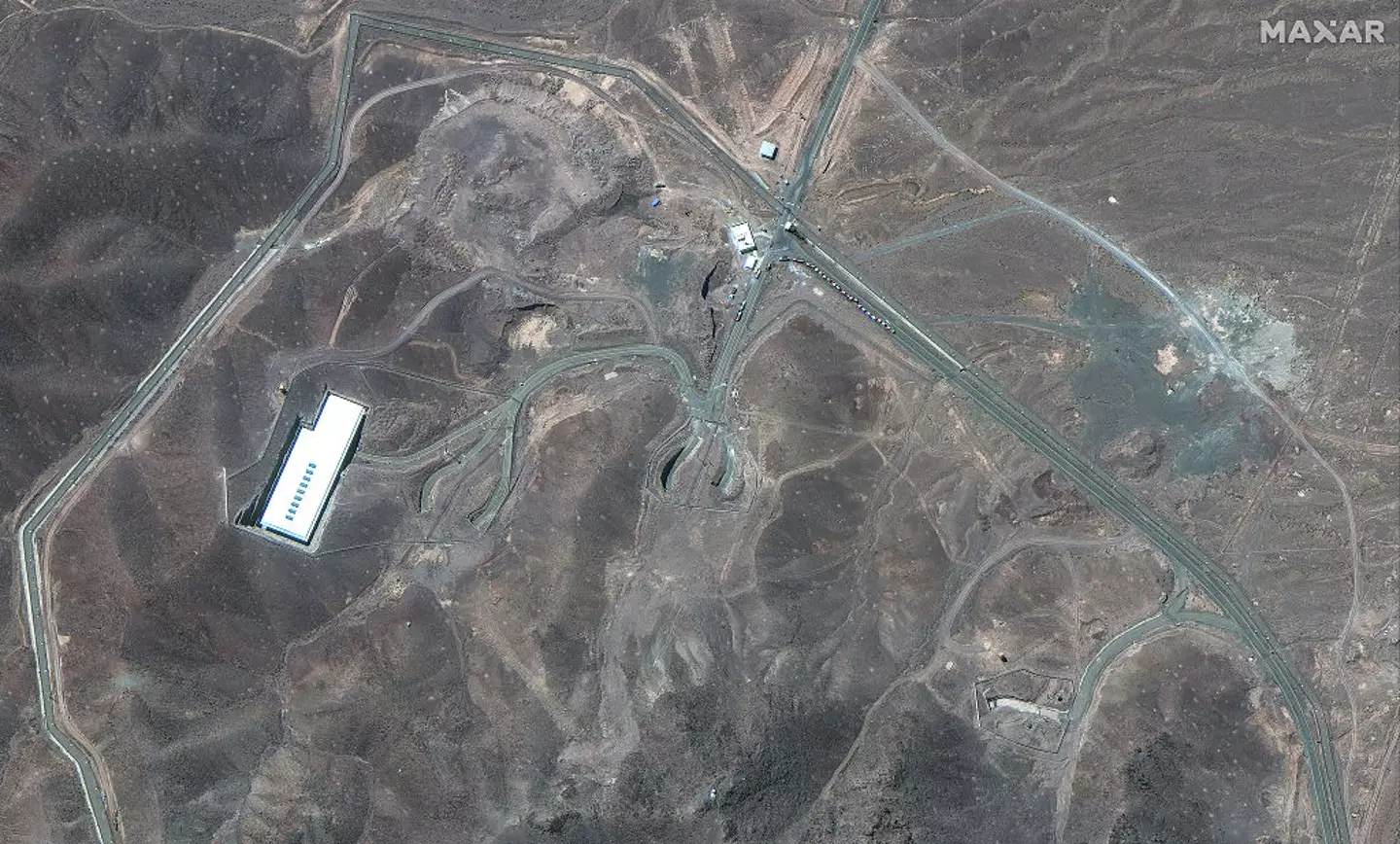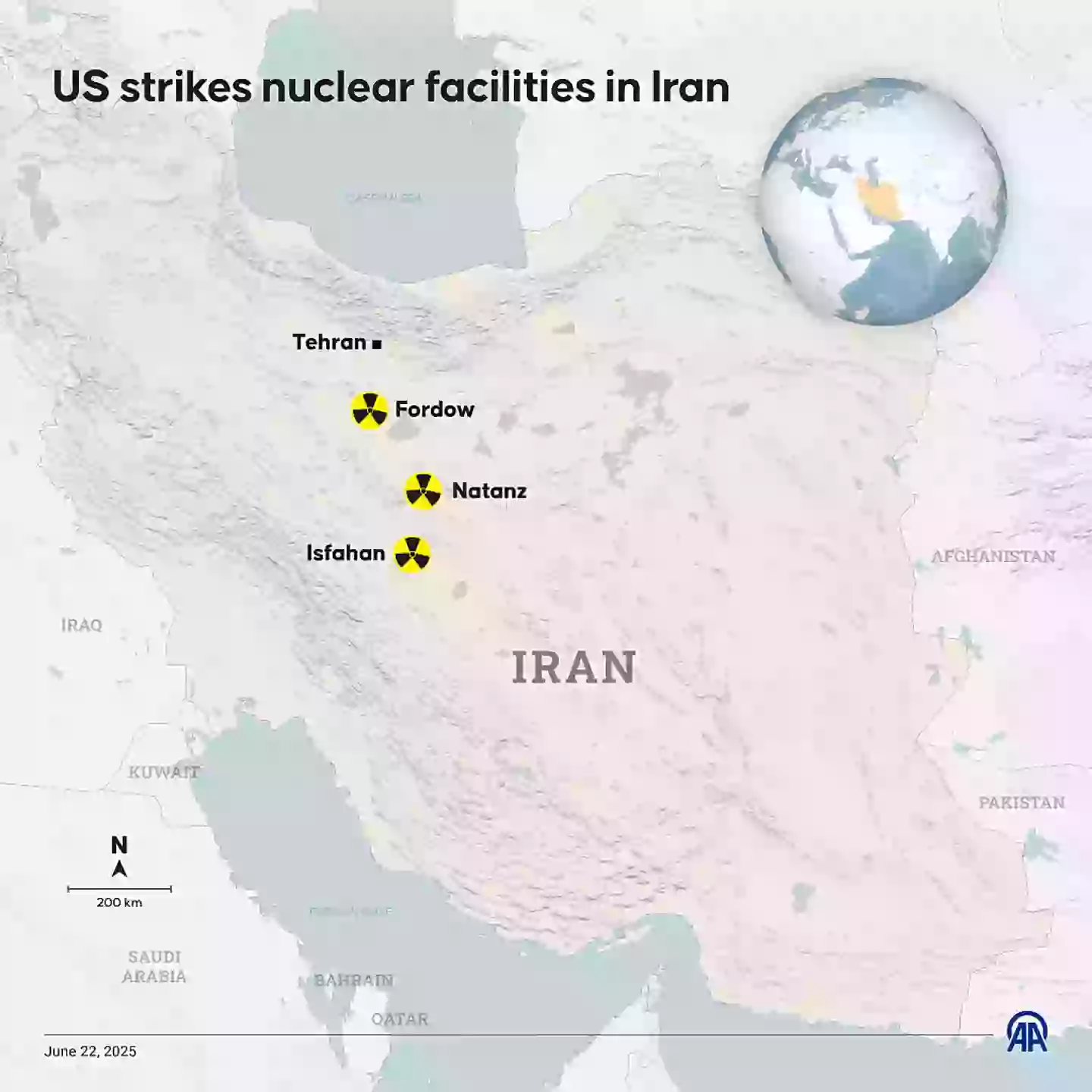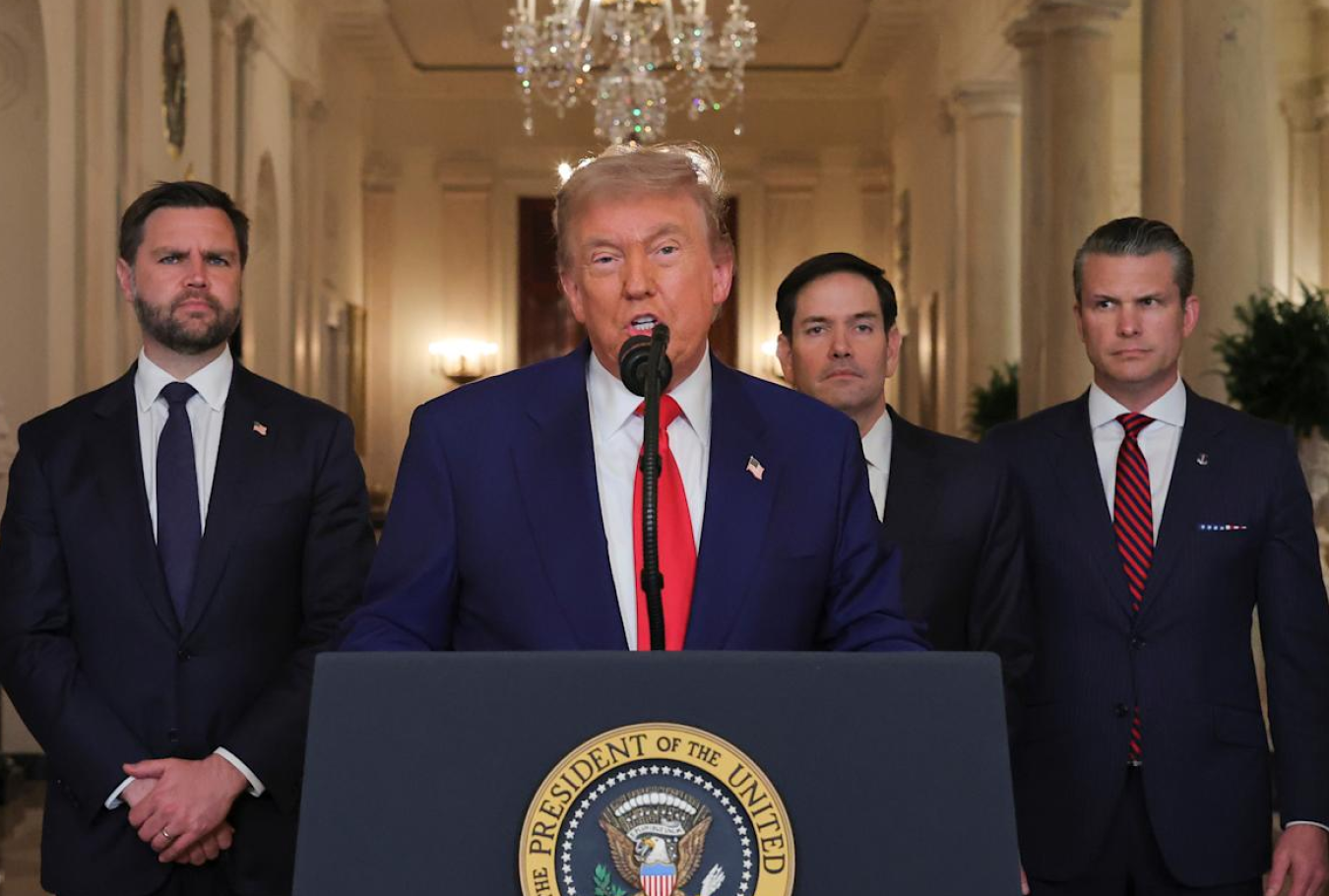In the realm of geopolitics, where tensions simmer beneath the surface and alliances shift with the tides of global strategy, moments arise that demand attention, provoke fear, and reshape the direction of international discourse. One such moment has just unfolded—a flashpoint in an already volatile region, marked by precision, rhetoric, and the potential for far-reaching consequences. While details initially emerged in fragments, the picture has quickly come into sharp focus.
Rising Tensions and Strategic Calculations
The Middle East has long been a crucible of power struggles, ideological rifts, and foreign interventions. Yet the latest developments signal a shift not just in rhetoric but in action. After months of building tensions, a critical decision was made: a high-level military operation, coordinated with technological precision, was launched against nuclear facilities deep within Iranian territory.
This move did not come in isolation. It was preceded by detailed intelligence assessments and urgent warnings from international monitoring agencies. Behind closed doors, discussions and deliberations were held at the highest levels of government. And when the decision was made, it came swiftly.
Though the world has seen flashpoints between the U.S. and Iran before, the intensity of this moment appears to surpass prior episodes. With both sides issuing strong messages, the prospect of escalation looms over the region and beyond.

Satellite imagery of the Fordow Fuel Enrichment Facility in Iran, taken yesterday – prior to the US bombing of the site but after numerous Israeli airstrikes (Getty images/Maxar)
A Presidential Address: Measured but Firm
In a televised address, President Donald Trump confirmed that the United States had launched targeted airstrikes on three key Iranian nuclear sites: Fordow, Natanz, and Esfahan. These facilities, long identified by intelligence communities as central to Iran’s uranium enrichment program, were struck by stealth aircraft in what Trump described as a “massive precision strike.”
“A short time ago, the U.S. military carried out massive precision strikes on the three key nuclear facilities in the Iranian regime — Fordow, Natanz, and Esfahan,” he declared. “Everybody has heard those names for years as they built this horribly destructive enterprise.”
The tone was unmistakable. While the address maintained a presidential calm, it was laced with grave warnings. The underlying message: any counteraction would be met with overwhelming force.
Iran’s Response: Defiance and Condemnation
Unsurprisingly, Iran’s leadership responded swiftly. Foreign Minister Seyed Abbas Araghchi took to social media to condemn the strikes, calling them a flagrant violation of international law.
“The United States, a permanent member of the United Nations Security Council, has committed a grave violation of the UN Charter, international law and the NPT by attacking Iran’s peaceful nuclear installations,” he stated.
His statement, delivered on Twitter, continued: “The events this morning are outrageous and will have everlasting consequences. Each and every member of the UN must be alarmed over this extremely dangerous, lawless and criminal behavior.”
Iran also invoked Article 51 of the UN Charter, which permits a nation to defend itself if attacked, and emphasized that it reserved all options to safeguard its sovereignty and citizens.

The location of the three key nuclear sites in Iran that the US bombed (Yilmaz Yucel/Anadolu via Getty Images)
A Show of Strength: Trump’s Follow-Up Message
Just two hours after Araghchi’s warning, Trump issued another statement—this time through his preferred platform, Truth Social. His words carried a distinct tone of finality and unyielding resolve.
“Any retaliation by Iran against the United States of America will be met with force far greater than what was witnessed tonight. Thank you! Donald J. Trump, President of the United States.”
This post amplified the message of deterrence and reinforced that any act of aggression would be met not with restraint, but escalation.
The Trigger: A Nuclear Threshold Approaching
To understand the rationale behind the U.S. airstrikes, one must consider the findings of a report issued by the Institute for Science and International Security (ISIS), a respected nonprofit organization that monitors nuclear programs globally.
The report, dated June 9, indicated that Iran was on the cusp of producing weapons-grade uranium (WGU). Specifically, the Fordow facility was highlighted as capable of generating sufficient enriched uranium within a matter of days. That threshold, once crossed, would shift the global calculus significantly.
Natural uranium contains only about 0.7% of the isotope uranium-235, which is not usable in its raw form. For use in civilian nuclear reactors, it must be enriched to 3.5%. But Iran, according to the report, was enriching its uranium to 60% and stockpiling it.
Such enrichment far exceeds civilian requirements and strongly suggests intent to reach 90% purity—the level considered weapons-grade.
Fordow, Natanz, and Esfahan: The Targets
These three facilities have long been at the center of the international community’s concerns:
- Fordow: Built inside a mountain to protect against aerial assault, Fordow was described as being capable of producing WGU in just 2-3 days.
- Natanz: Iran’s primary enrichment plant, with capacity to produce significant quantities of enriched uranium in a short period.
- Esfahan: Hosts several nuclear-related facilities, including uranium conversion.
According to the ISIS report:
“Iran could produce its first quantity of 25 kg of WGU in Fordow in as little as two to three days. Breaking out in both Fordow and the Natanz Fuel Enrichment Plant (FEP), the two facilities together could produce enough WGU for 11 nuclear weapons in the first month, enough for 15 nuclear weapons by the end of the second month, 19 by the end of the third month, 21 by the end of the fourth month, and 22 by the end of the fifth month.”
This timeline served as a chilling wake-up call and likely played a major role in catalyzing the U.S. response.
International Reaction: Caution and Concern
While the United Nations has not yet convened an emergency session, several key members of the international community have voiced concern. European diplomats have called for de-escalation, while nations such as Russia and China have issued carefully worded statements criticizing unilateral military action.
However, some U.S. allies have privately expressed relief. Intelligence reports suggest that Iran’s nuclear progress had become an open secret, with growing anxiety in Western defense circles.
The Legal Argument and Global Precedent
Iran’s claim that the attack violates international law hinges on whether its facilities were indeed being used for peaceful purposes. The United States, relying on the watchdog report and corroborated intelligence, argues that the imminent threat of weapons production constituted a legitimate basis for preemptive self-defense.
This is not the first time such legal justifications have been used. The 1981 Israeli strike on Iraq’s Osirak nuclear reactor set a precedent for preemptive action, though it was widely condemned at the time. In hindsight, many viewed it as a necessary step to prevent proliferation.
Domestic Politics and the 2024 Election
The strike also reverberates within domestic U.S. politics. With the 2024 presidential election on the horizon, Trump’s decisive action may bolster his image among key voter blocs who prioritize national security.
However, critics argue that military intervention risks dragging the United States into another protracted conflict in the Middle East. Some members of Congress have demanded briefings, questioning the long-term strategy behind the attack.
Escalation or Deterrence?
The central question now is whether this move will deter Iran or provoke further escalation. Analysts are divided:
- Some believe that Iran will refrain from retaliating directly, instead pursuing asymmetric tactics or mobilizing proxies across the region.
- Others argue that Tehran cannot afford to appear weak domestically and may opt for a calculated but high-profile response.
A New Chapter Unfolds
As new satellite images surface and diplomatic channels buzz with activity, the world watches closely. The next days will be critical in shaping the trajectory of U.S.-Iran relations and the broader stability of the Middle East.
This is not merely about uranium, reactors, or even weapons. It’s about national pride, international law, and the future of global diplomacy.
One thing is clear: a line has been crossed. Whether it leads to further confrontation or renewed negotiation remains to be seen.
In this defining moment, where words are weighted and actions speak volumes, the world holds its breath.

